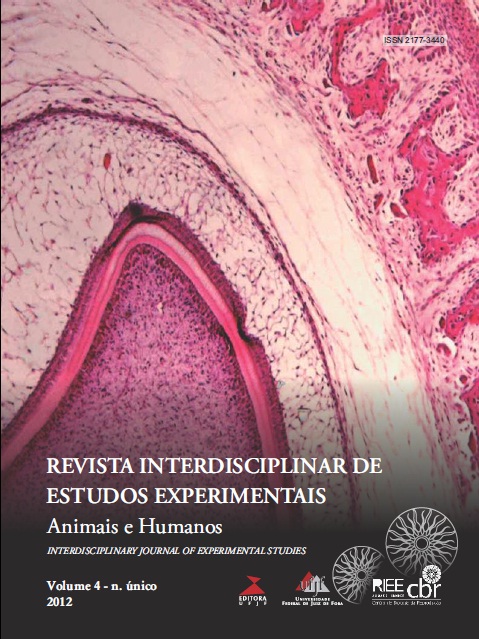Correlation between maximal expiratory pressure (mpe ) and maximal expiratory flow peak (mefp) in healthy individuals
Keywords:
Lung. Expiratory Flow Peak. Maximal Expiratory Pressure. Muscle Strength. Cough.Abstract
Introduction: The pulmonary function is a feature that has collaborated with the scientific validation of respiratory
therapy. It is able to estimate, among other variables, changes in lung volumes and capacities, and/or changes in
respiratory muscle strength. The measurement of force is obtained by the manometer, through which one can obtain
the maximum expiratory pressure (MEP). Another way to assess lung function is by the measurement of expiratory
flow peak (EFP). Objectives: To investigate the correlation between MEP and EFP in healthy individuals (patients).
Methods: This study was developed at the Severino Sombra University. Eighty-one volunteers of both sexes, 55
females (22.69 ± 0.41 years) and 26 males (23.11 ± 3.51 years) participated in this study. A respiratory questionnaire
was applied to investigate clinical parameters. All individuals underwent manometer examination and flow peak
measurement, in the standing position. Data were expressed as mean ± standard error of mean. Results: A positive
correlation was found between MEP and EFP (r = 0.43, r2 = 0.18, p <0.001). The linear regression equation was
estimated (PEF = 148.07 + 2.93 x MEP) and normal values were presented in a table. Conclusions: This study shows
the influence of expiratory muscle strength in EFP in the airways, and suggested an equation to estimate the normal
ventilating function in clinical practice.
Downloads
Downloads
Published
Issue
Section
License
Autores que publicam nesta revista concordam com os seguintes termos:- Autores mantém os direitos autorais e concedem à revista o direito de primeira publicação, com o trabalho simultaneamente licenciado sob a Creative Commons Attribution License que permitindo o compartilhamento do trabalho com reconhecimento da autoria do trabalho e publicação inicial nesta revista.
- Autores têm permissão e são estimulados a citar e distribuir seu trabalho (ex.: em repositórios institucionais, página pessoal, trabalhos científicos, etc) desde que citada a fonte (referência), já que isso pode gerar produtividade para os autores, bem como aumentar o impacto e a citação do trabalho publicado.

